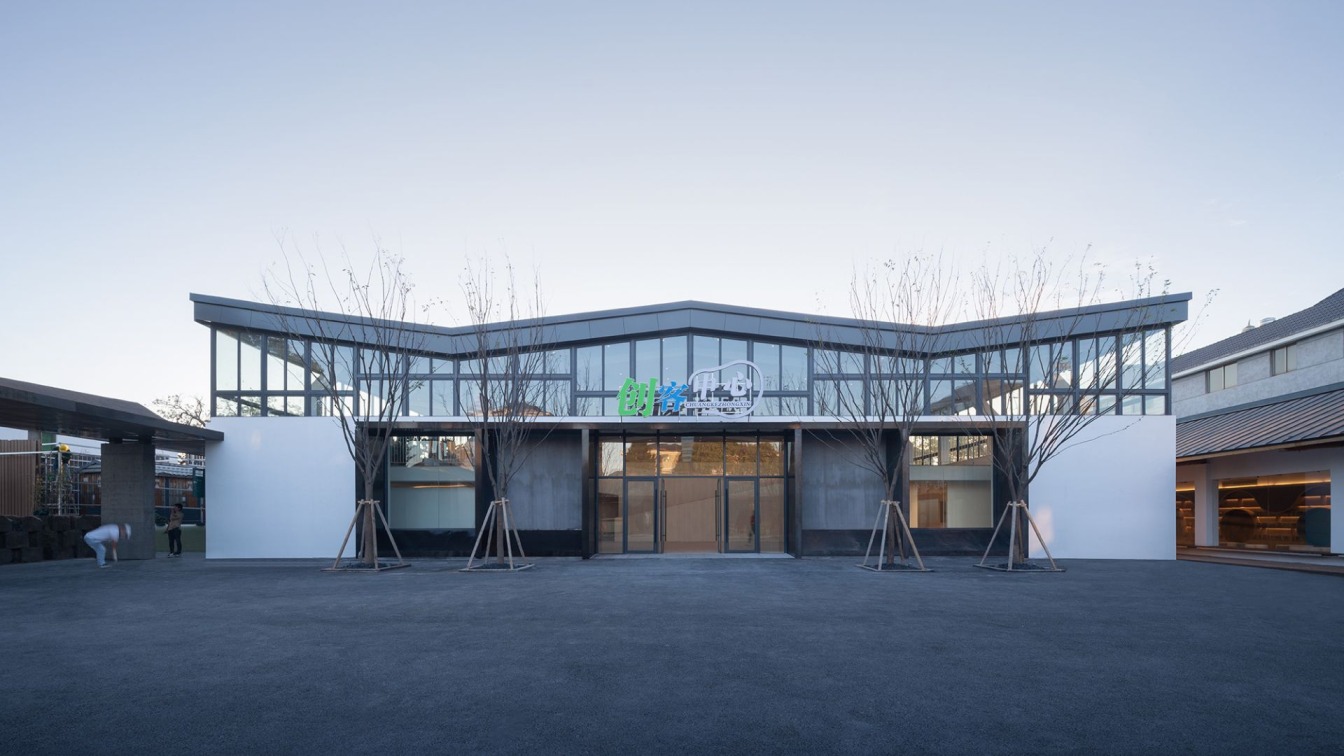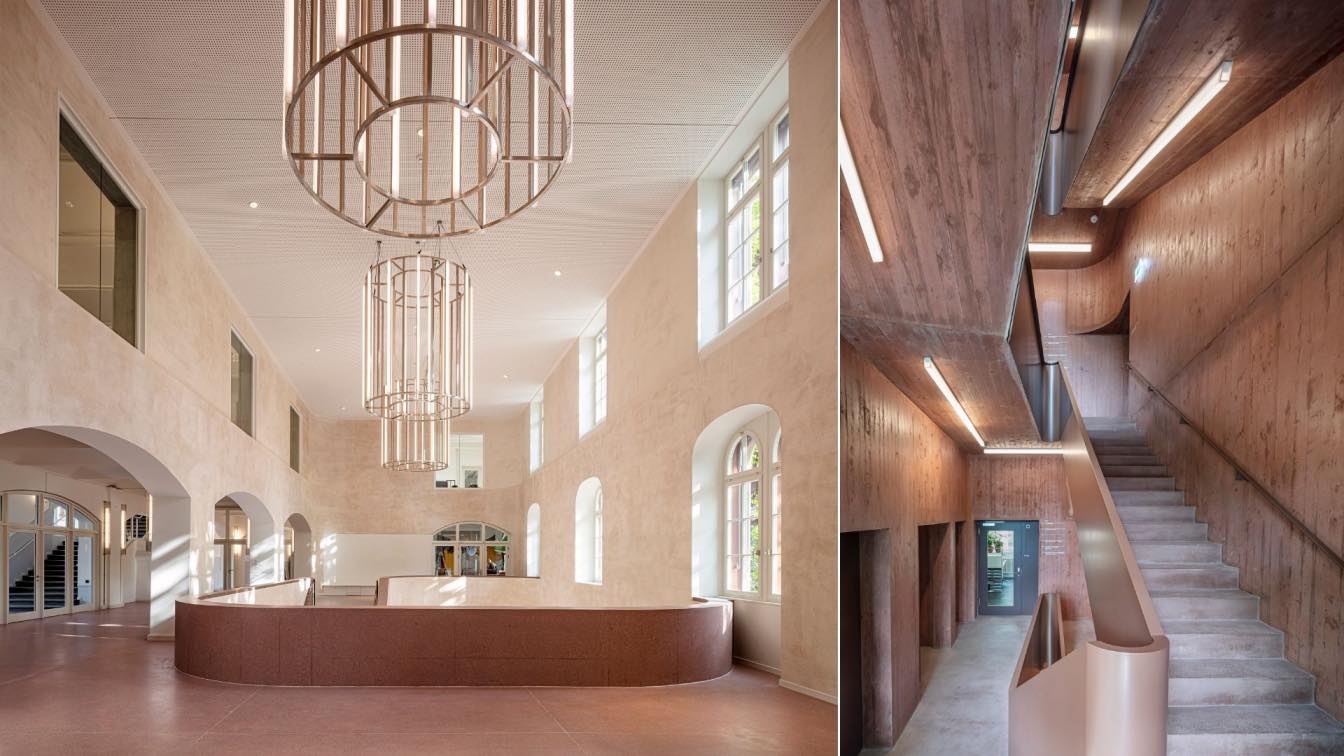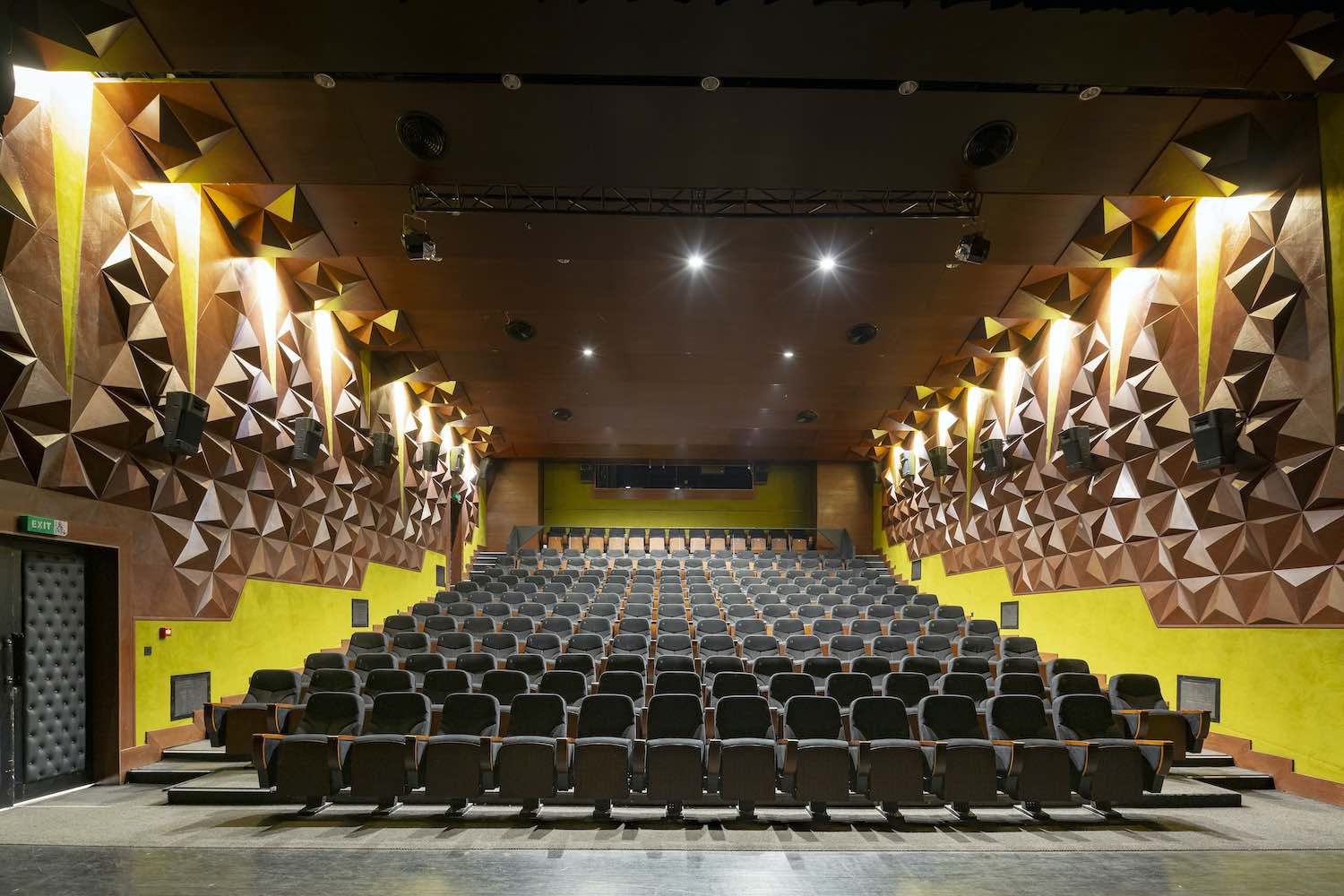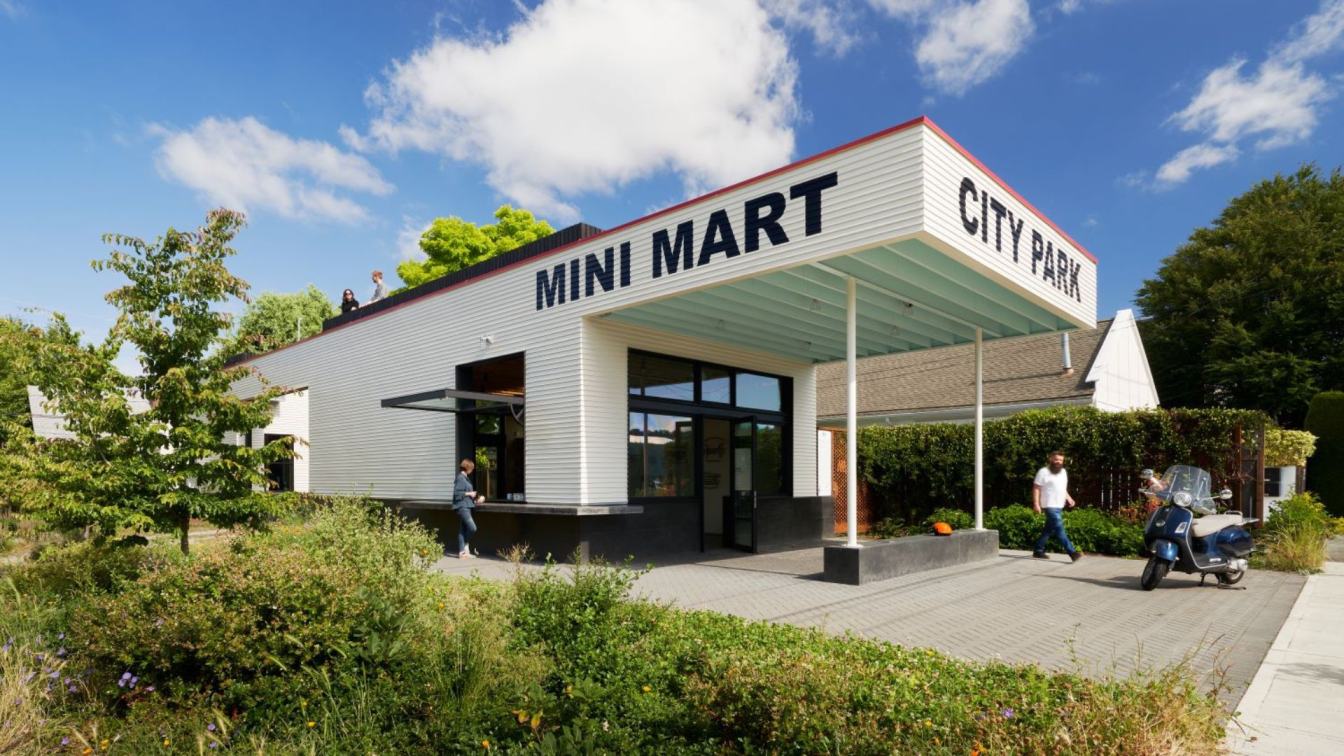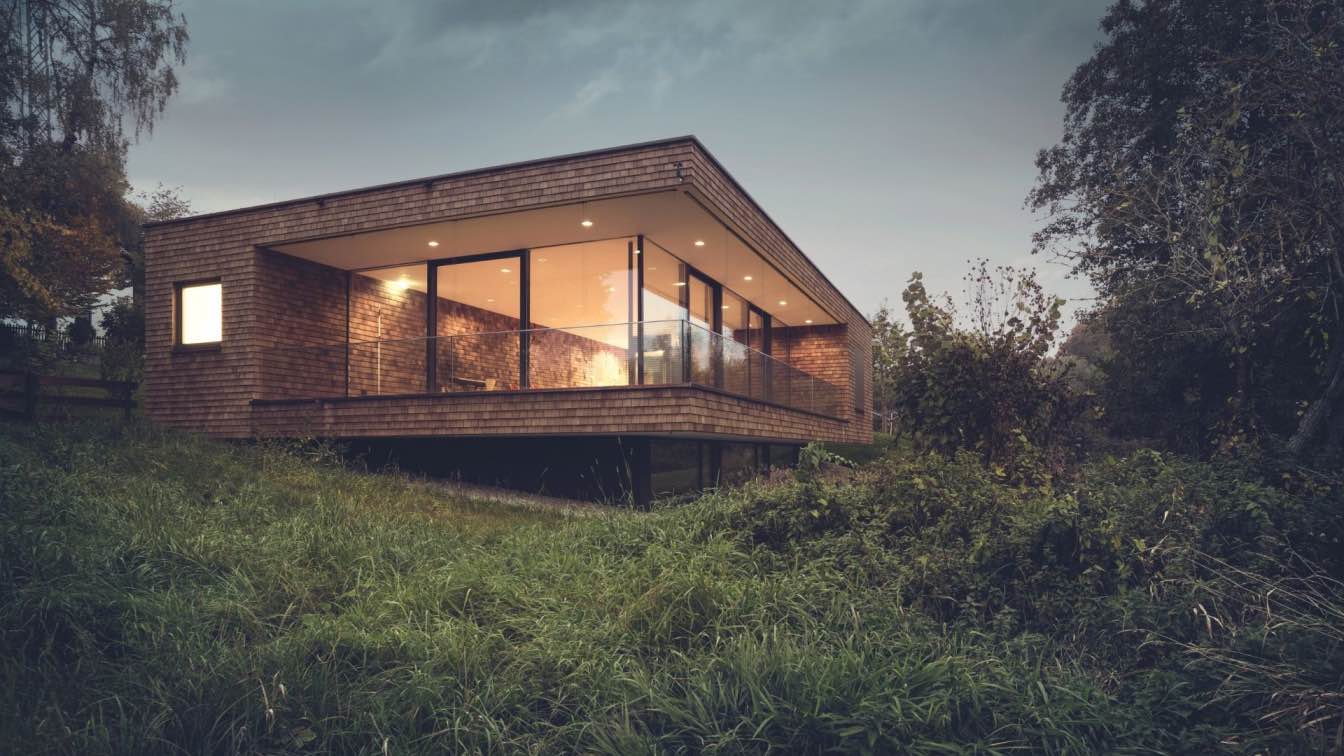y.ad studio: The project is located in Tuanshi Village, Xiaonanhai Town, which belongs to Longyou County, the city of Quzhou. It faces Qujiang River on the south, with G60 Shanghai-Kunming Expressway on the north side, and the Xihuxian Road passing nearby. Across the road from the site is the Qujiang River, providing a wide view of scenery.
The project's site was originally an elementary school, and later located the factory of an enterprise, with buildings in poor condition. The surrounding area is mainly occupied by waterfront residences of the villagers, and in the front of the site, a memorial archway of chastity and filial piety, built in Qing Dynasty in year 1790, has been preserved.
After getting involved, the design team was told that the entire project, from design to construction, could only take one and a half months due to some special reasons. And the hot weather during the project process was another factor that cause the studio once wanted to quit. Since the area of the project is nearly 5,000 square meters, it seemed to be impossible to complete the task of all the architecture, interior and landscape design and construction under such demanding conditions. However, after thinking twice, the team finally decided to accept this challenge. Taking on this tight-schedule project, the studio would have a chance to practice in restricted conditions.

1. Changes in the working mode
At the beginning of the design, the architects thought about ways to make changes in the working mode, in order to realize the design vision as well as reduce the time to complete the project quickly.
Architect Alvaro Siza expressed his regret for architecture industry in an interview: "In the past, I could talk to the construction workers on the site about all kinds of details. Architects used to work and communicate with the workers. Now, that is no longer the case. Today, every project has a project manager, who is more powerful than the architects sometimes. This situation becomes very common nowadays. But architecture is more than just drawings." His words resonate deeply with the chief architect of this project. When facing projects with very strict design management, architects are cut off from communication with the construction team, and sometimes are required to modify the design schemes for several times against their will. However, if architects would like to take the initiative to modify the design for solving problems found on site, their proposals have to go through a complicated approval process at all levels, and sometimes this leads to the result of giving up.
It has been a common design process that after the design scheme is completed, the construction drawings will then be developed. However, this working mode was not applicable to this project due to the tight schedule, so it had to be transformed to be more effective. Therefore, the architects adopted a new process, in which necessary drawings were produced at first, and the design and execution solutions were mainly worked out based on on-site communication. At the same time when starting developing the drawings, the demolition work on the site began. Furthermore, the construction and deepening of drawings were carried out simultaneously. When encountering problems on site, the architects communicated directly with the workers. It was also convenient for them to guide and give advice on the construction through hand-drawing. Although some details would be ignored without detailed drawings, the new design process brought more flexibility, convenience, efficiency of construction and on-site perception. Mistakes and defects could be fixed in time as well. For implementing this new process, the architects had to take on more work and spend more time. As the construction progress was very fast, which didn't allow for residency on the site, the architects had to travel between the item and the studio frequently.

2.Reorganization and combination of spatial functions
The project is designed to be a public space serving the local villagers. The owner and the operator expected that the design of the space would integrate diverse themes, including industry, culture and humanism. The original site was enclosed, with a large courtyard in the middle. According to the site's conditions, the architects combined renovation and new additions, to rearrange different building blocks for various functions.
Originally used as a factory, Building 1 provides relatively large and wide-open space for industrial purposes. It accommodates various functions, including property management services for the villagers, agricultural products exhibition, technology-assisted agriculture live-streaming, as well as a co-working office, a banquet hall, and a multi-functional conference room.
Building 2 has a linear plane and used to be a primary school's teaching building. Inheriting the previous spatial attribute, the redesigned building is still culture-related, by setting up Nankong Bookstore and Children's Center, side by side with the Wellness Cabin for elderly care.
Looking out from Building 3, both the scenery of the river and the inner courtyard come into sight. With such a nice view, a cafe and a restaurant are placed in this building. The more private Building 4 and Building 5 are used as a guesthouse and a youth hostel, since they are less disturbed by the outside. The architects also proposed to open the enclosed inner courtyard to the surrounding villagers as an activity square and marketplace.

3. How to recreate architecture image and space combination?
External Enclosure
The original enclosed space had already formed large and small gaps in between the buildings. After analyzing the site's existing conditions, the architects decided to insert fragmented spaces, such as "corridor box", "roof platform" and "inner courtyard" with different sizes, into the building cluster, to strengthen a sense of enclosure. A more organic combination of spaces can also be created. At the same time, the variety of spatial planning and scales as well as the diversity of architectural forms lead to the dynamic changes of the building cluster while maintaining a sense of integrity.
Organic contrast
Since the site's surrounding buildings and environment are complicated, the architects coordinated the new construction with other buildings of different eras in visual effect, materials and colors, by taking advantage of the existing site conditions. As to the relationship between old and new buildings, the design focuses on the integration of tradition and modernity, as well as the coordination between newly built architecture and the surrounding natural and cultural environment. Through creating an organic contrast, the design realizes the symbiosis among all elements on and near the site.
Inner order
At the very beginning of the conception stage, the consideration of construction efficiency, feasibility and aesthetics were prioritized, in order to achieve the best results through the most effective way. During the demolition on site, it was found that the original building walls were too fragile to provide support, therefore most of the roof and walls were demolished or reinforced. When adding new structural system, the construction also tried to avoid contact with the existing old walls, so as to avoid the extension of construction time due to foundation reinforcement.
The newly built structural system presents a sense of rhythm through similar and repeated patterns. The form of each single building and the organization of buildings are based on the consideration of the surrounding environment, functions and interior space. While creating various architectural forms and complex spatial morphology, the design endows the spaces with a sense of integrity and order as well. At the same time, the spatial form is simplified, to guide visitors to experience the purity of space and perceive the diversity of environment.










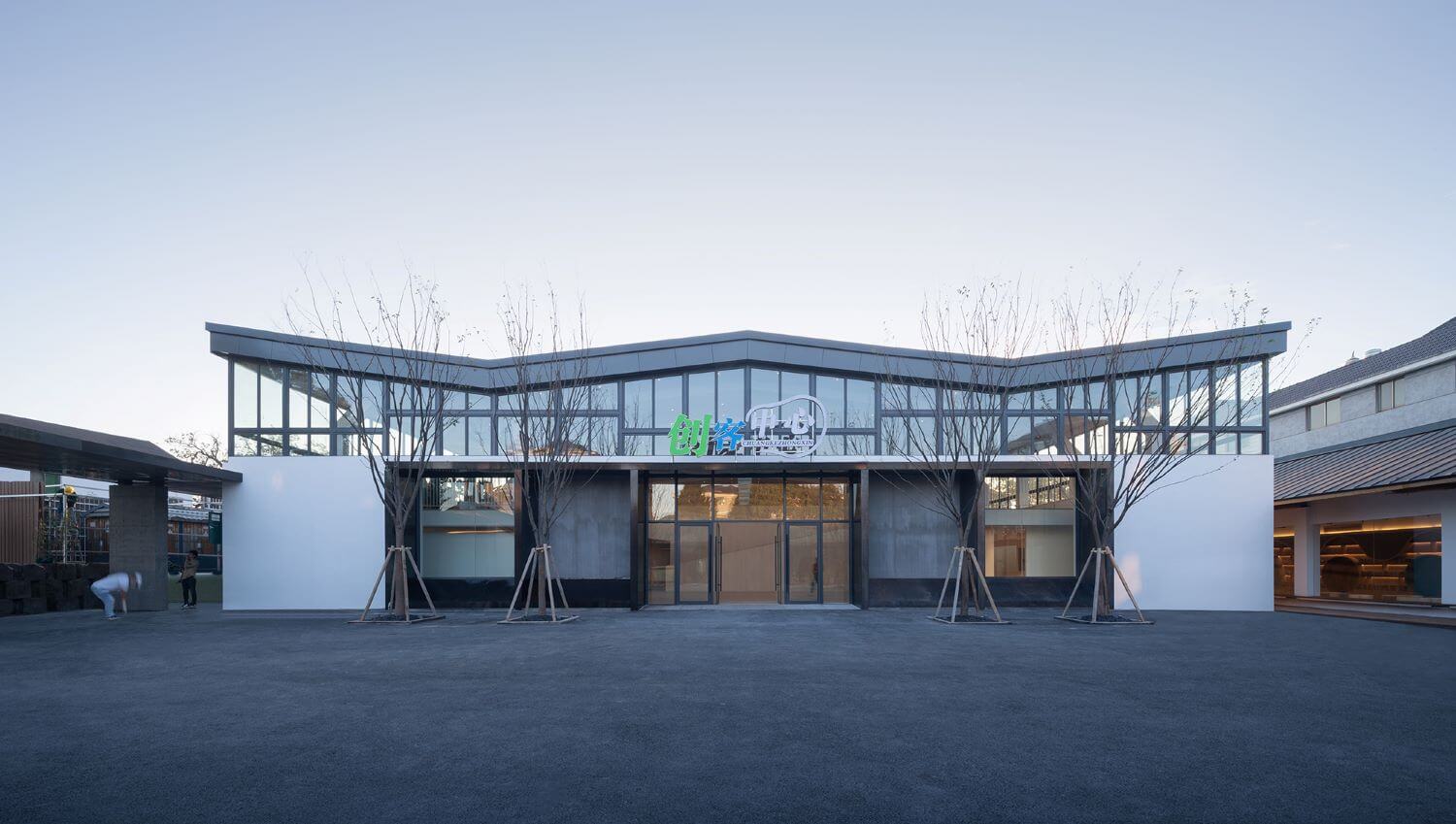





































y.ad studio
Established in 2017, Shanghai-based y.ad studio carries out design practices and researches mainly in fields such as urban renewal, commercial complex transformation, cultural-tourism real estate, integrated parks, restaurants, hotels, and rural construction, etc. The team keeps learning, reflecting and making breakthrough during design practice and exploration, and works to offer integrated solutions for interior, architecture, landscape, master planning and products. By constantly making new attempts and challenging conventions in aspects of interior, exterior, form and experience, y.ad studio tries to break through boundaries and stereotypes. Through active interventions, the studio intends to closely connect design, ideas and space, and strives to promote harmonious and sustainable coexistence among architecture, environment and people.

